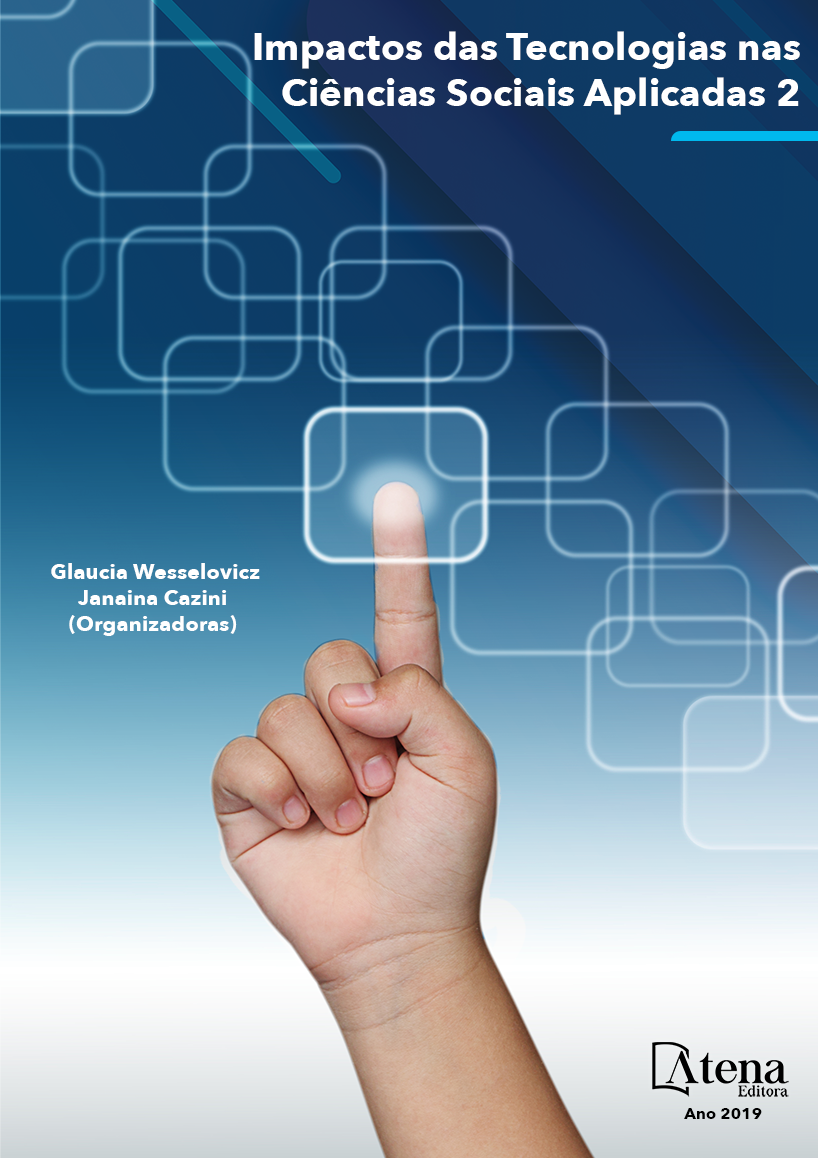
AVALIAÇÃO ANTROPOMÉTRICA DE ADOLESCENTES EM UM EQUIPAMENTO SOCIAL NA PERIFERIA DE FORTALEZA
Objetivo: Avaliar o estado nutricional
de adolescentes da periferia da cidade de
Fortaleza-CE, classificando-o de acordo com
os achados antropométricos. Metodologia:
Estudo quantitativo exploratório descritivo em
uma escola municipal do bairro São Cristovão.
A amostra avaliada foi composta por 26 alunos,
sendo 15 do sexo masculino e 11 do sexo
feminino. Resultados e Discussão: Em relação
ao índice de estatura/idade constatou-se que
23 (88%) adolescentes encontram-se com
estatura/idade adequada; 2 (8%) enquadramse no perfil de baixa estatura/idade e 1 (4%)
revela muito baixa estatura/idade. Já com base
no IMC/idade, foi possível verificar que não há
presença de magreza acentuada entre o grupo
analisado; que há 4 (15%) casos de magreza;
5 (19%) casos de sobrepeso; e 3 (12%) casos
de obesidade, e 14 (54%) casos de eutrofia.
Assim, foi verificado que 46% dos adolescentes
analisados encontram-se fora do intervalo
de adequação. Conclusão: Releva-se neste
estudo como distinção importante, que no sexo
feminino a obesidade é predominante, enquanto
no sexo masculino é a magreza e o sobrepeso
que predominam, indicando que esses dois
públicos merecem ações distintas. O quadro
de distúrbios nutricionais (magreza, sobrepeso
e obesidade) é agudo, e merece intervenções
imediatas, evidenciando a importância da
vigilância alimentar e nutricional, para que haja
monitoramento, acompanhamento, e registros
do estado dos adolescentes, para então intervir
com as práticas promovidas por programas
como o PSE, por exemplo, para consolidar ações
de alimentação/nutrição no âmbito escolar,
surgindo com ações de promoção, prevenção,
manutenção, recuperação e atenção à saúde.
AVALIAÇÃO ANTROPOMÉTRICA DE ADOLESCENTES EM UM EQUIPAMENTO SOCIAL NA PERIFERIA DE FORTALEZA
-
DOI: 10.22533/at.ed.12819270315
-
Palavras-chave: Avaliação antropométrica; Adolescentes.
-
Keywords: Anthropometric evaluation; Adolescents
-
Abstract:
ABSTRACT: Objective: To
evaluate the nutritional status of adolescents
from the outskirts of the city of Fortaleza-CE,
classifying it according to the anthropometric findings. Methodology: This study is
descriptive, exploratory and quantitative, and takes place at a municipal school in the
São Cristovão neighborhood. The sample was composed of 26 students, 15 males
and 11 females. Results and Discussion: Regarding the height / age index, 23 (88%)
adolescents were found to have adequate height / age; 2 (8%) were in the low height /
age profile and 1 (4%) showed very low height / age. On the basis of BMI / age, it was
possible to verify that there was no presence of marked thinness among the analyzed
group; that there are 4 (15%) cases of thinness; 5 (19%) cases of overweight; and 3
(12%) cases of obesity, and 14 (54%) cases of eutrophy. Thus, it was verified that 46%
of the adolescents analyzed were outside the range of adequacy. Conclusion: In this
study it is important to note that obesity is predominant in females, whereas in males
it is the thinness and overweight that predominates, indicating that these two publics
should be treated with different aproaches. The picture of nutritional disorders (thinness,
overweight and obesity) is acute, and deserves immediate interventions, evidencing the
importance of food and nutritional surveillance, so that there is monitoring, follow-up, and
records of the state of adolescents, and then intervention with the promoted practices
by programs like the PSE, for example, to consolidate nutrition / nutrition actions in the
school environment, offering actions of promotion, prevention, maintenance, recovery
and health care.
-
Número de páginas: 15
- Jamile Carvalho Tahim
- Jeovane Sousa Barbosa
- Tatyane Costa Lima
- Suziana Martins de Vasconcelos
- Lídia Pereira Pinheiro


